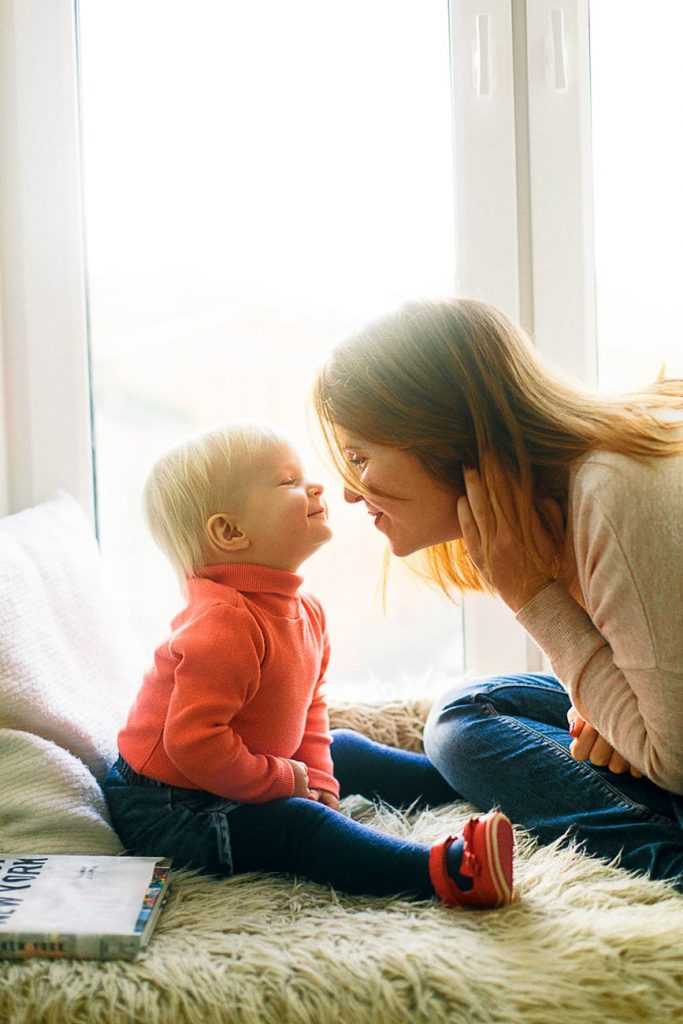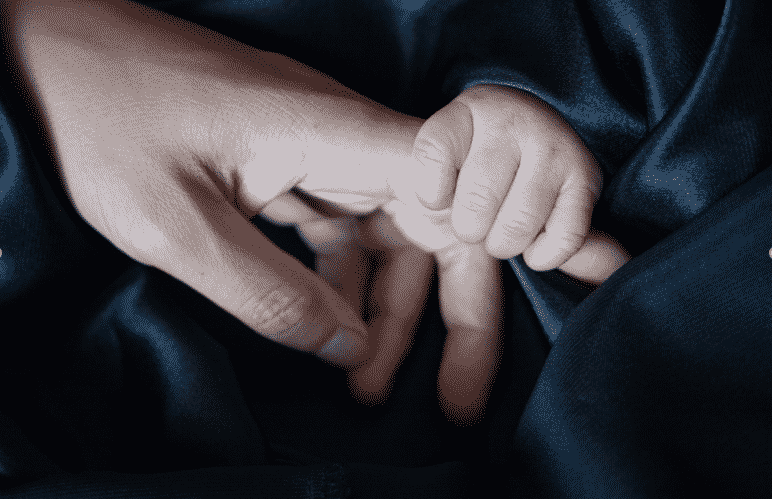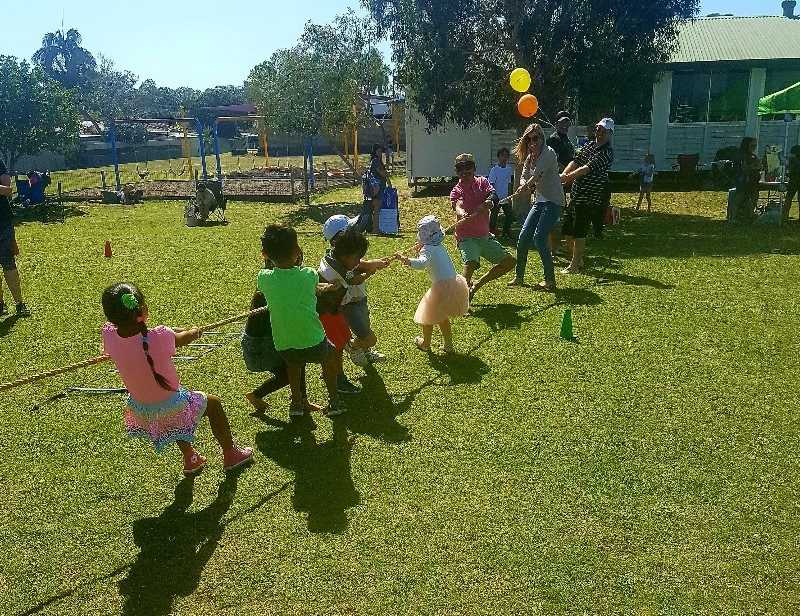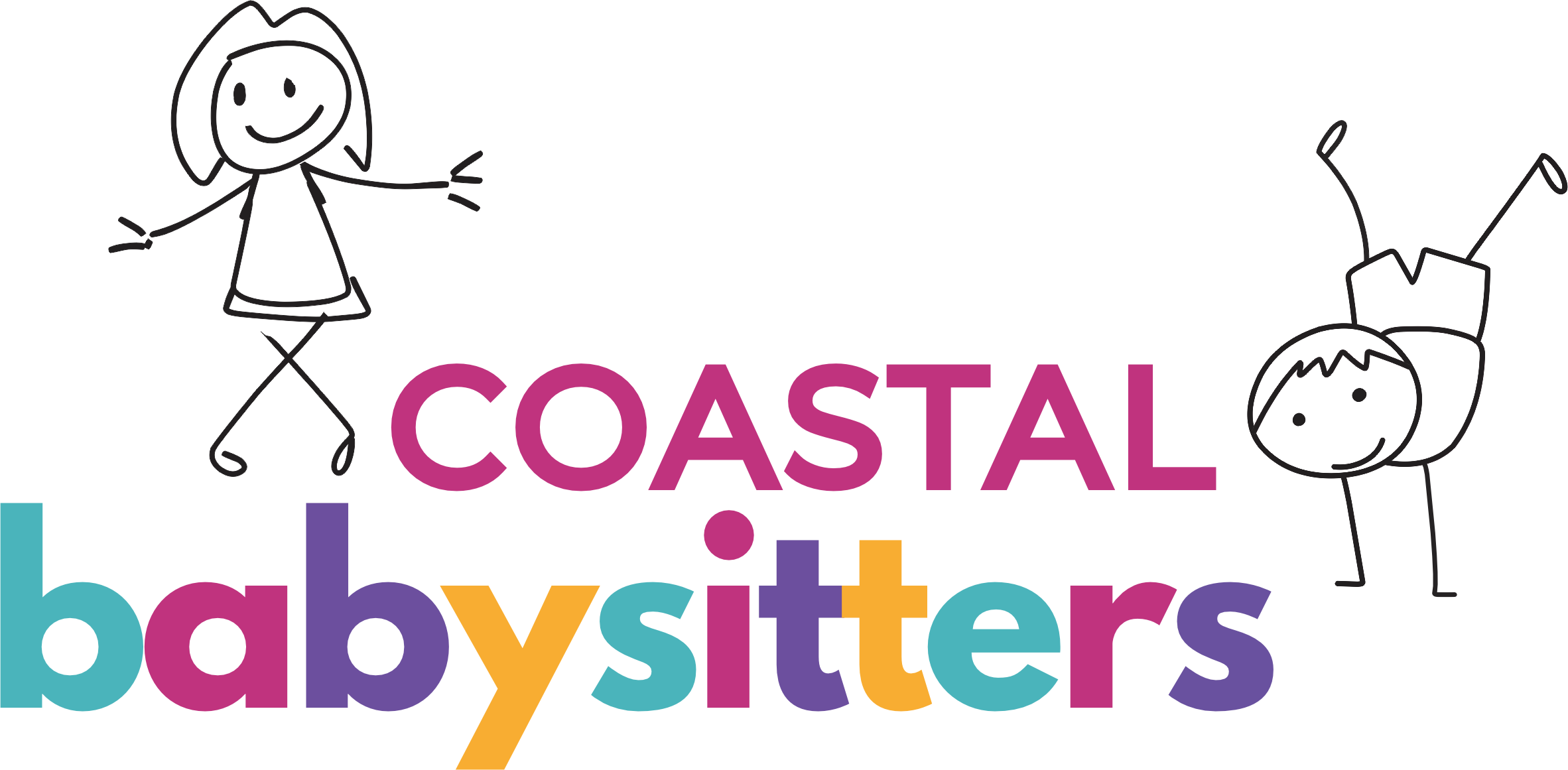Why Won’t My Toddler Sleep? 5 Expert Tips for Better Bedtime Routines

Ever found yourself pacing the hallway at 2 AM, rocking a wide-awake toddler who just refuses to sleep? You’re not alone! Sleep struggles are one of the most common challenges parents face. But before you resign yourself to another sleepless night, let’s explore some expert-backed strategies to help your little one drift off peacefully. We get it—nothing tests a parent’s patience quite like bedtime battles. Whether it’s endless requests for water, one more story, or just outright refusal to close those little eyes, the struggle is real. The good news? With a few simple adjustments, you can create a soothing bedtime routine that encourages healthy sleep habits. 1. Create a Consistent Sleep Schedule Toddlers thrive on routine. Try setting a fixed bedtime and wake-up time every day—even on weekends. This helps regulate their internal body clock, making it easier for them to fall asleep naturally. 2. Keep a Calming Wind-Down Routine A predictable pre-bedtime routine signals to your child that sleep is coming. This could include a warm bath, quiet reading time, or gentle lullabies. Avoid stimulating activities like screen time at least an hour before bed. 3. Watch for Overtiredness It sounds counterintuitive, but an overtired toddler may actually struggle more with falling asleep. Look out for signs like rubbing eyes, yawning, or becoming unusually hyper before bedtime. If you notice these, it might be time to shift bedtime earlier. 4. Ensure Their Sleep Environment is Optimal Is their room too bright? Too noisy? Too warm? A dark, cool, and quiet environment helps promote better sleep. Try blackout curtains, white noise machines, and breathable bedding to create the perfect sleep sanctuary. 5. Set Boundaries and Stick to Them Toddlers love testing limits, especially at bedtime. Set clear expectations, such as “one bedtime story” or “last cuddle before sleep,” and gently but firmly stick to them. This helps prevent drawn-out bedtime negotiations. Struggling with bedtime battles? Coastal Babysitters are here to help! Our experienced babysitters know how to handle even the trickiest sleepers, ensuring your little one gets the rest they need while you enjoy a much-needed break. Book a sitter today!Sweet dreams, Orly x
4 Tips For Surviving The School Term

Tips For Surviving The School Term Picture this…it’s the final week of term. Those familiar feels of ‘limping through’ to the holidays haven’t surfaced. You’re in control. Your kids are in good spirits. You have the energy to tackle the holiday’s head on and you’ve stopped joking about needing a holiday AFTER the holidays. Can you relate? If not, don’t worry – you’re not alone! To help get you through the school term without the burn out, I’ve put together my top survival tips. Create routine and stick to it As parents we know too well how important routines are. A new school term is a great time to sit down with your kids and create a chart of their morning and after school routines. Use pictures or written words to create a visual reminder and keep it in a central area of your home so it’s always top of mind. Also make a conscious decision to have your kids start their routines at the end of the next holidays to make the back to school transition that bit easier. Communication is key Managing people effectively, let alone little people, all boils down to communication. It’s so important to come together with your partner, sitters or caregivers to plan out who is responsible for what and when. It can be as simple as using a calendar invite on your phone to remind yourself about drop-offs, pick ups, sport days etc, giving you piece of mind. It also helps to look at the entire term holistically and give your employer the heads ups about when you might need to adjust your hours so you can plan around it together. Information sharing is another key component of communicating and planning with your kids. Set some time aside each day to specifically talk about the information you need from them. Ask them to give you their school notices each day after dinner (for example) so you can get on top of it and action anything there and then. Don’t wait until the end of the week, deal with it now so you’re not facing last minute requests or risking notices being lost! If you’re not opposed to tech, check out the Life Sorted app to help keep your family organised. The app provides a ‘go-to’ place for the whole family, helping reduce the brain clutter and overwhelm that comes with modern life. You can set reminders, to-dos, shopping lists, birthdays and more, it’s easy to use and you can try it for free. Most importantly, remember to spend time talking and listening to your kids specifically about how their day was. Supporting them and showing compassion towards any issues they may be experiencing while settling back into school will show you’ve got their backs and help boost their confidence. Avoid the temptation to over commit Dear working parents, please don’t let feelings of guilt bully you into taking on more than you can handle. You are enough! While the urge to sign up to committee’s, coaching, baking, fete duties is tempting, don’t be afraid to say ‘no’ if you just don’t have time. You’re not doing yourself or you kids any favours by spreading yourself thin and taking on extra commitments. If you really want to get involved, try to limit your responsibilities to once per year or consider an alternative like donating instead. Help is all around Seeking help is a sign of strength, not weakness. It takes a lot more courage to ask for help rather than stewing in your current predicament. If you’re a working parent, think about who you can lean on to help juggle the school/work week load. Remember Coastal Babysitters have got your babysitting needs covered from Brisbane through to the Gold Coast and Byron Bay. Our online booking system is super simple for those busy times when you need someone to watch your kids, even if it’s just for a few hours. Last but not least don’t forget self-care! Because a household run by happy parents means happy kids (well, most of the time!). Make sure you set time aside for yourself at least once per month whether it be a spa or massage treatment, date night or a weekend away. Our experienced babysitters are available for overnight stays if you ever need time out to rest and reset, just give us a call or book online.
Guest Post: A Mothers Day Message ❤️

A Mother’s Day Message…. Recently, on the Gold Coast, I watched Lilo and Stitch with my son, we had seen it before but not for a year or so and he’s only 6.5 now, so I guess he’s grown up a fair bit since then. This was always one of my favourite movies, right from the day I saw it in the cinemas with my nephew when I was about 16. The message in the movie has never grown old for me, but to be honest, lately I have been starting to worry my son didn’t really have feelings like that, or feel emotion about things like I do. But realistically, I think I am a bit of a sook in movies. I have a wonderful partner, who is caring and supportive and kind. But he isn’t my son’s father, I am divorced. And even though I know we have a wonderful life, there are days where I don’t quite feel like we fit in. It has been difficult to explain to Lennox that he does have a dad, but that we just don’t see him and it makes for an often awkward conversation. Especially when he announces it to the father next to us in craft class one day “I have a dad, I used to see him, but I don’t anymore. He isn’t well. But he loves me…” talk about awkward – I couldn’t finish colouring my magnet in fast enough to escape back to our cabin. When I ran back crying to my partner, he simply rubbed my back and said – “I’m sure the father probably thought it was funny – don’t worry baby”. You may be wondering where I am going with this. Try and stay with me. So – this movie, just in case you haven’t seen it is about an alien, Stitch, built for destruction, who escapes to earth on a spaceship fleeing alien gaol. He winds up in a pound and gets adopted by Lilo, a young Hawaiian girl and her sister, Nani. Their family had died in an accident and now Nani was trying her best to raise a very boisterous young Lilo. Stitch, trying to escape capture, plays along acting like her new adopted dog. The relationship is a disaster, but Lilo persists with Stitch, trying everything to help assimilate him into her life with Nani. But he continues to only make their lives worse and the threat of child services taking away Lilo becomes more and more real. Stitch doesn’t like Lilo, but as he gets to know her and sees the beauty of her relationship with her sister Nani and hears the sad story of their past, he begins to feel a longing for a family of his own. He feels alone, as though he does not belong. For the most part stitch, the naughty, hot-headed gremlin, reminds me of my son. He is the most wonderful, beautiful, devilish child. And the way he feels lost reminds of the way my son looks, when Father’s Day swings around, or when he asks me if my partner and I can get married, so he can call him ‘Dad’. But as the movies progresses, Stitch starts to love Lilo and realises that he could maybe find a home with them, a place he never imagined he would want to stay. Just as he is about to be caught and he has left the lives of Lilo and Nani in tatters, he announces himself as the alien that he is and hands himself in. But before boarding the alien ship, captured, he stops to say goodbye to Lilo. And he says: “Ohana means family. Family means never getting left behind, or forgotten. This is my family. It is small and broken, but still good…” And just as I burst into uncontrollable tears, I look down at my Stitch like child, there he is sobbing uncontrollably right beside me. At first, I was relieved, but then I thought about it. I don’t need to feel like I don’t fit in, just because our family isn’t the same as everyone else. Our family might be broken, but it is still good. We have each other, and now we have my partner and we are perfect just the way we are. So, this Mothers Day, I am going to be thankful for the perfect family I have. Different? Yes. Crazy? Sometimes. But a family all the same. Maybe your family looks different to mine, maybe your family doesn’t have a mum, maybe it has two. Maybe it doesn’t have any parents at all, maybe just grandparents or step parents or maybe you live in a family with everyone, even aunties and uncle’s. But whatever size or shape your family is this Mother’s Day, be proud of it and be happy. Because it doesn’t matter what your family looks like, or if it’s a little bit broken, like mine, all that matters is that there is love. Happy Mothers Day! Thank you to the lovely Shannon for sharing her story with us and I know there are many families that are not the “traditional” family structure, but all the same, still a family and still perfect ❤️ ❤️❤️ We hope every single one of you mums out there have an amazing Mothers Day ❤️❤️
A Preparation Guide for Soon-to-be-Parents with a Disability

A Preparation Guide for Soon-to-be-Parents with a Disability No parent will tell you that raising children is easy. Once you get past the round-the-clock service in the baby phase, you will have toddlers who are learning how to eat, speak, and use the bathroom by themselves. Soon after, you’ll have children with boundless energy and busy schedules. Then there’s everything else to worry about — school, finances, safety, teaching life lessons, making sure you’re doing right by them, and raising good people who will become functioning adults. Childrearing is hard enough for any parent, but parents with disabilities run into a different set of challenges. The physical aspect of parenting comes with its own circumstances that might be limiting for disabled parents, but you can work around it by planning ahead and finding solutions that work for the whole family. Use Your Support Network There are many ways to tap into a support network for both parenting and disability assistance. Having a child is not cheap for anyone, so make sure you look into all of the resources that are available to you. Check out Centrelink to see if you qualify for social security benefits and government assistance. In addition to government financial assistance, there are community programs and organizations that provide support and resources for your needs. Look for support groups and playgroups in your area so you can meet other families. This is also a good time to garner the support of friends and family. Interdependence is a reality for your situation, and you shouldn’t hesitate to lean on others to help your family thrive. Getting Around Children need transportation to school, appointments, and various activities. The reality for many parents with disabilities is that they don’t drive. If you’re unable to drive them yourself, set up carpools with other families or send them to school on a bus that picks up in your neighborhood. There are also taxi services for kids, such as Sydney-based Stretch Ride, which will transport them safely when their parents can’t drive. If your disability has you in a wheelchair, you’ll need a way to push a baby in a stroller. The solution for getting around is using wheels on wheels, where strollers can be attached to the wheelchair for mum and baby to get around together. Prepare Your Home Your home is one of the most important preparations to make for an expanding family. Living with a disability means making the home safe and accessible. Create an accessible home by installing wider doorways and hallways, ramps instead of steps, safety handlebars along the walls and in the bathroom, and skid-resistant flooring to prevent slips. Remove the carpet and rugs that create uneven surfaces. These are modifications that can be made in your home with or without the presence of children. When the children come along, you’re looking at home modifications that make parenting easier too. Children often leave toys everywhere, so to prevent yourself from tripping, keep their play space contained to a dedicated area that can get as messy as their little hearts desire. Separating their play space from the rest of the house will make cleanup easier for you and keep the ground safer for both you and your children. Outside play areas should be kept on paved ground for ease of movement when you’re supervising play. The kitchen, bathroom, and bedrooms can also be made accessible for your eye level and arm’s reach. This ensures that you can take care of your children without having to struggle with mobility limitations. There is no right or wrong way to make your life easier while parenting with a disability. Your plan will be different than the next person’s, so focus on what works for you. And as they all say, you can never be prepared enough for a baby. You learn as you go, and you find solutions to challenges as they arise. You can make these suggested preparations, but be willing to improvise so you can do what’s best for your family. Photo Credit: Pixabay Article by Ashley Taylor – If you’d like to know more, you can contact Ashley here: [email protected] disabledparents.org
Guest Blog: Why Do Children Need to Exercise?

Why Do Children Need to Exercise? We are often told that kids need to spend less time on their computers/screens and get outside and exercise more. The Australian Government recommend that children aged between 5-12 years should perform at least 60 minutes of moderate to vigorous physical activity per day, and participate in resistance training at least three times a week. But do children really need to exercise? They may walk to school, play with their friends at break times, and have a particular sport they participate in on the week end … you may be thinking isn’t this enough? While this is a great starting point, there are several reasons why it is important for kids to engage in more structured moderate to vigorous exercise during childhood: 1- Decrease the risk of obesity and chronic health conditions. Promoting exercise in childhood lowers a child’s risk of developing chronic conditions, such as diabetes and heart disease later in life, as well as helping to develop healthy life long habits from a young age. 2- Develop strong bones and muscles. Resistance or strength training commenced early in life promotes improved bone density and lowers the risk of conditions, such as osteoporosis as children age. Importantly, strength training does not mean lifting heavy weights in a gym setting. Instead, children should be encouraged to participate in activities such as running, jumping and skipping which place increased pressure on the bones and muscles. 3- Reduce the chance of injury. Regular movement and activity decreases the chance of injuries related to sedentary and sustained postures (e.g. from sitting at a computer), as well as improving muscle strength to protect joints and ligaments. 4- Improved self-esteem and body image. Regular exercise and participation in team sports has been shown to result in an increased sense of self-esteem, body image and the development of long lasting friendships. How do I Encourage my Child to be Active? Place an emphasis on fun, and find an activity that your child enjoys. Some sports / activities that you may not have thought of include taekwondo, gymnastics, surf life saving / nippers, and indoor rock climbing and trampolining. Get creative and become active with your child, whether it is playing in the park, taking them to the pool or dancing to music. Find ways to include incidental exercise in to your everyday life. For example, leave the car at home and walk to school with your child, or ride your bike to the park. When the time is right consider introducing your child to a sport or structured activity to build friendships and teamwork skills. If you have any questions on ways to get your child active, or on how much / what type of exercise they should be performing please email [email protected]. Jay is a Physiotherapist and the Co-Owner and Director at Gecko Sports Gold Coast Central. Find more information about Gecko Sports at www.geckosports.com.au You can reach out to Jay by email at [email protected]

